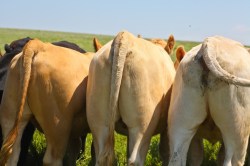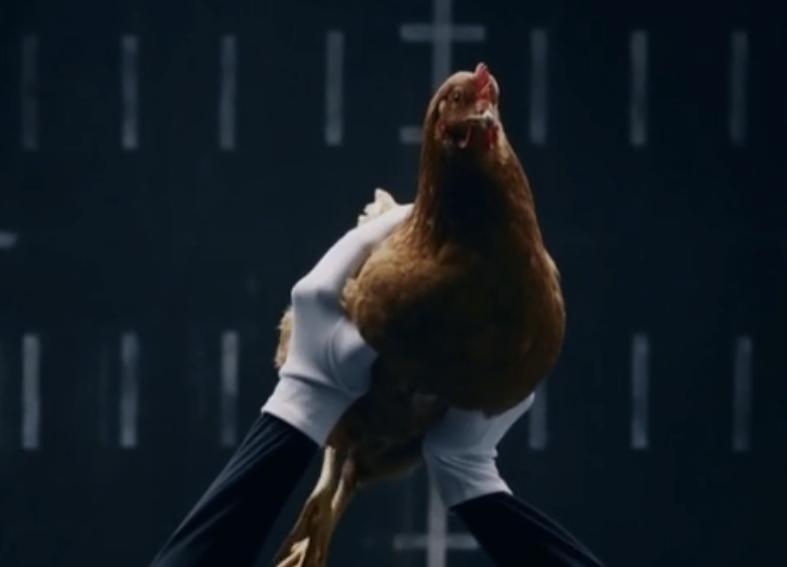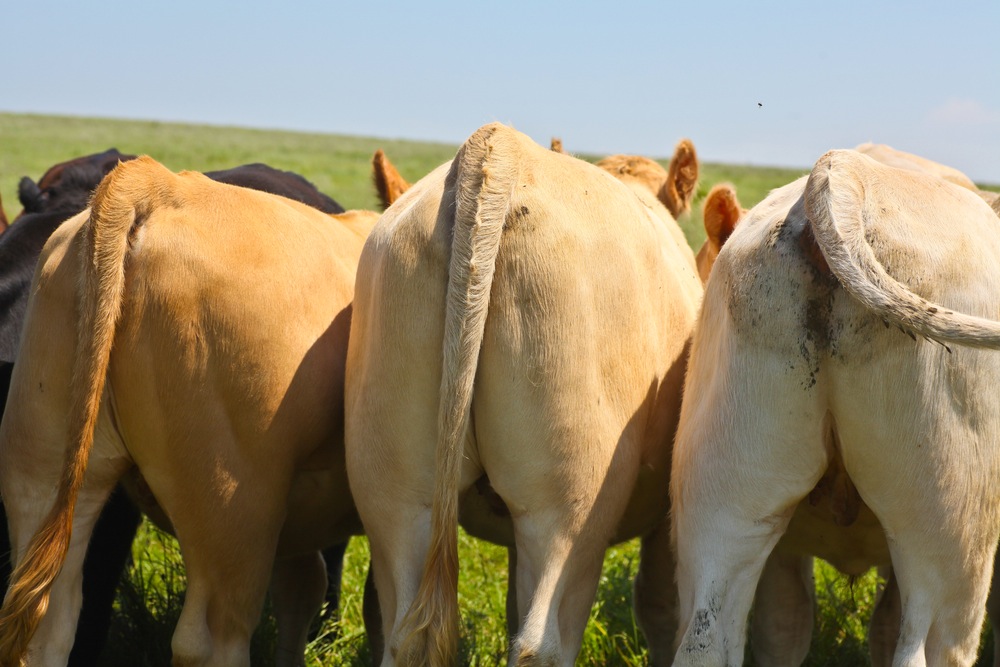
ShutterstockThere’s your biggest problem right there.
The latest official estimate of the extraordinary role that livestock-rearing plays in global warming comes with a glimmer of hope: Switching over to established best practices could slash the sector’s emissions by a third.
The Food and Agriculture Organization of the United Nations caused an international stir when it estimated in 2006 that livestock contributed 18 percent of the world’s greenhouse gas emissions. Some critics derided the claim, saying T-bones and Big Macs couldn’t possibly be so bad. The FAO has since updated its numbers, checked its facts and performed new calculations based on newer standards. The latest conclusion is little different from the earlier one: Livestock contributes 14.5 percent of worldwide emissions.
Flatulent, manure-dropping cows are by far the largest contributors to the problem. Beef production is responsible for 41 percent of the sector’s emissions, and dairy farming can be blamed for 19 percent. Pig meat, poultry meat, and eggs are responsible for a little less than 10 percent apiece.
Why are cows so harsh on the climate? The same reason Auntie Flora doesn’t get invited to parties: Because they belch and fart so damned much. Only the FAO doesn’t say it like that. Rather, it blames the “enteric fermentation” of cattle and the methane that bovine rumination produces for 39 percent of the livestock industry’s emissions.
The news is bleak, it’s true, but at least there is this, from the FAO’s summary of its report:
Wider adoption of existing best practices and technologies in feeding, health and husbandry, and manure management — as well as greater use of currently underutilized technologies such as biogas generators and energy-saving devices — could help the global livestock sector cut its outputs of global warming gases as much as 30 percent by becoming more efficient and reducing energy waste.
The Guardian reports that reducing greenhouse gas emissions wouldn’t just be good for the climate — it would be good for the businesses and communities that farm the animals:
Specifically, the FAO said better-quality feed, improved breeding and good animal health helped to shrink the unproductive part of the herd. Many of the actions the FAO recommended to improve efficiency and reduce greenhouse gas emissions would also boost production. This would provide people with more food and higher incomes. Livestock rearing supports hundreds of millions of people and represents an increasingly important source of protein in many regions that have long struggled with chronic hunger and malnutrition. …
The greatest potential for cuts in emissions are in low-productivity livestock systems in south Asia, Latin America and Africa. However, in developed countries, where emission intensities are relatively low but the overall volume of production and therefore emissions is high, the FAO said even small decreases in intensity could add up to significant gains.
And if you aren’t a farmer, you can still make a difference by cutting back on your meat consumption. Taking part in meatless Monday wouldn’t just slow global warming; it would drive some retrograde politicians insane with wildly misplaced rage.
Correction: This story incorrectly reported the contribution of livestock to global greenhouse gas emissions. The FAO found the sector contributes 14.5 percent — not 16.5 percent.



